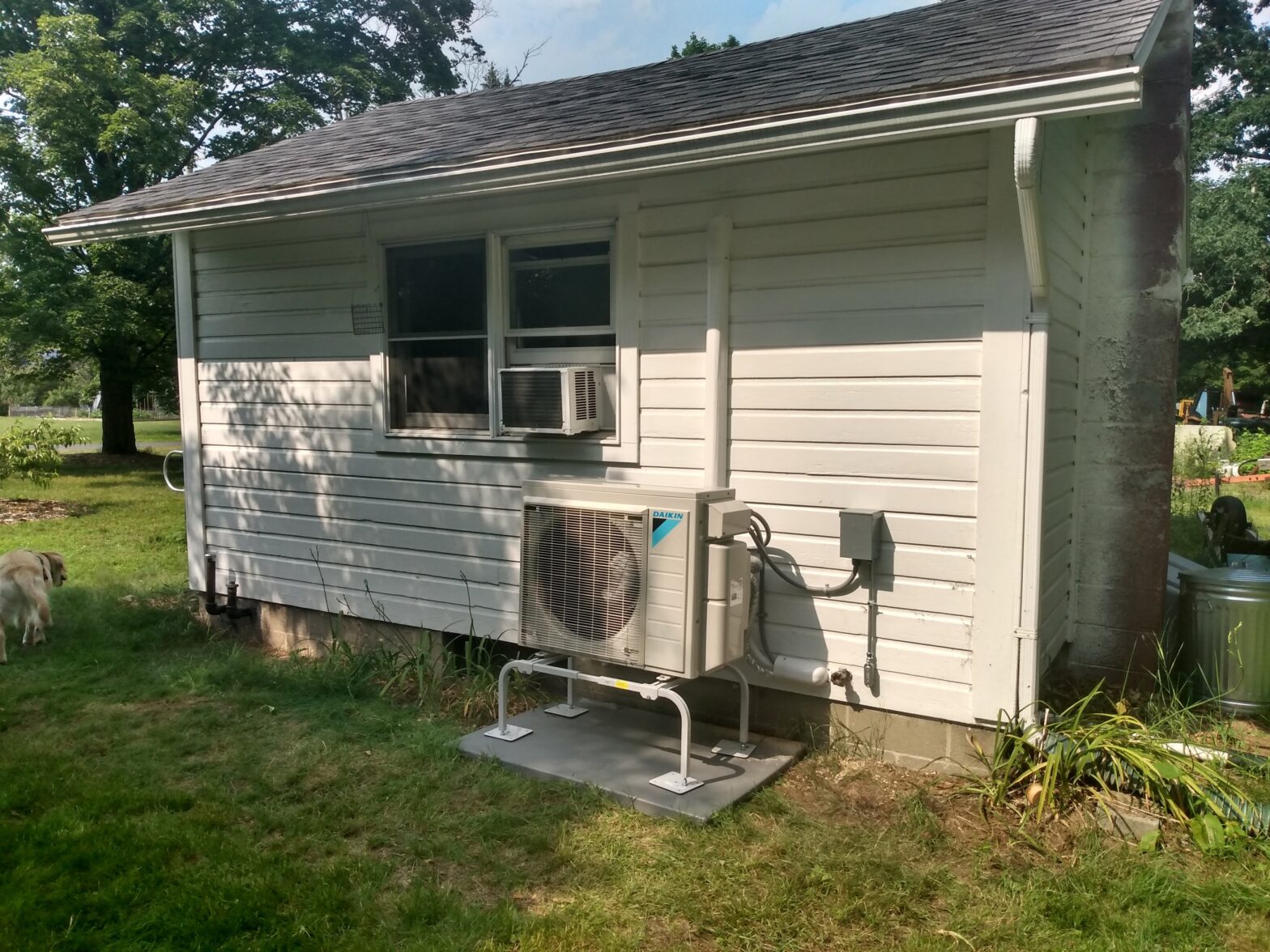A heat pump heats your home by capturing heat from outside and moving it inside, using electricity. However, the energy delivered by a heat pump to your home is more than just the electricity used to power the system.
As more renewable sources are being connected to electricity, replacing gas and coal power stations, electricity is now becoming low carbon. Since the electricity grid is increasingly decarbonizing, a heat pump is an extremely low-carbon heating option.
Heat pumps are suitable for heating many homes. They can also help to reduce your energy bills if you replace your system with an energy-efficient one.
To meet net zero carbon emission targets, heat pumps have to be installed in more and more homes.
There are numerous heat pumps available in the market:

1. Air-to-water heat pumps
The pump transfers heat from the air that is outside your home to water, which then heats your underfloor heating or radiators. You can also use an air-to-water heat pump to heat water in a hot water cylinder for your baths, showers, and hot taps.
2. Ground-to-water heat pumps
It is a heat pump that transfers heat from the ground that is outside your home for underfloor heating or to heat your radiators. It can also be used for heating your hot water cylinder like the air-to-water heat pump.
3. Hybrid heat pump
A hybrid heat pump is used alongside another source of heat, such as gas, oil, or LPG, to heat your home. The hybrid heat pump’s cost-effectiveness or carbon saving potential depends on your home and your specific heating needs.
4. Air-to-air heat pumps
These are what are sometimes referred to as air conditioning. The air-to-air heat pump increases your home’s temperature by transferring heat from the air outside your home to the air that is inside. The warm air enters your home through blowers.

